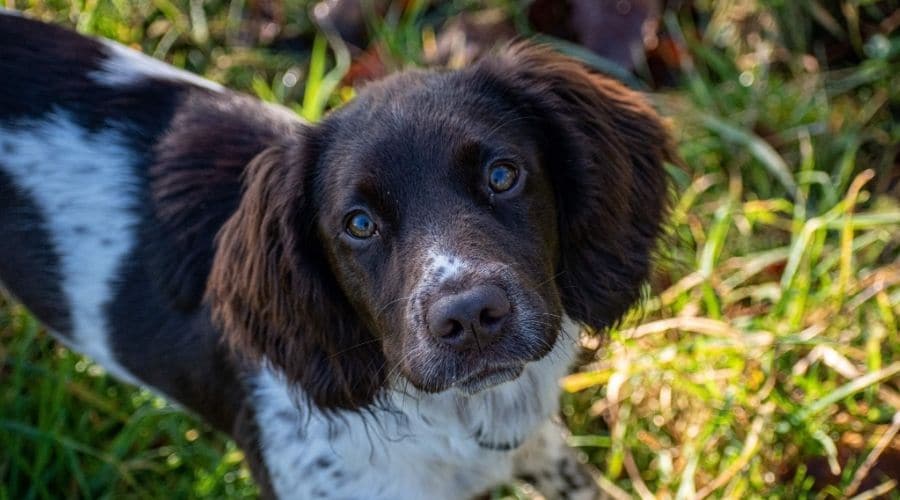
Severe weather prompts call for voluntary restraint for waterfowl shooting in Scotland
Due to widespread severe weather, BASC is calling for those who shoot in Scotland to exercise restraint in the shooting of ducks, geese and waders including reared mallard.



















